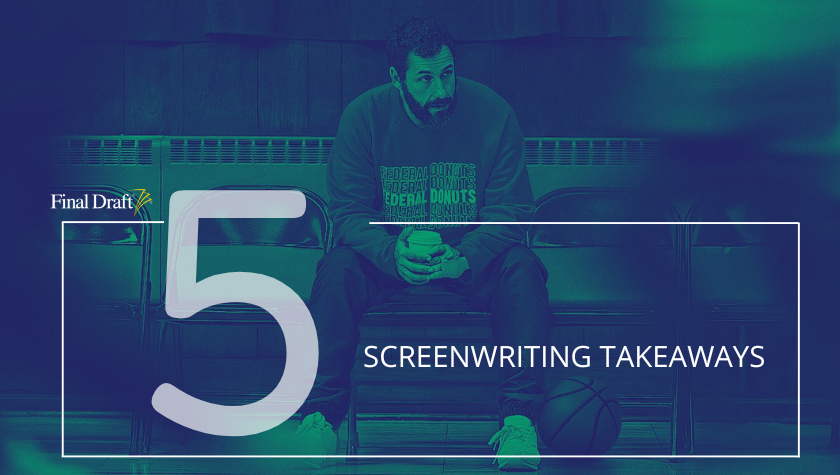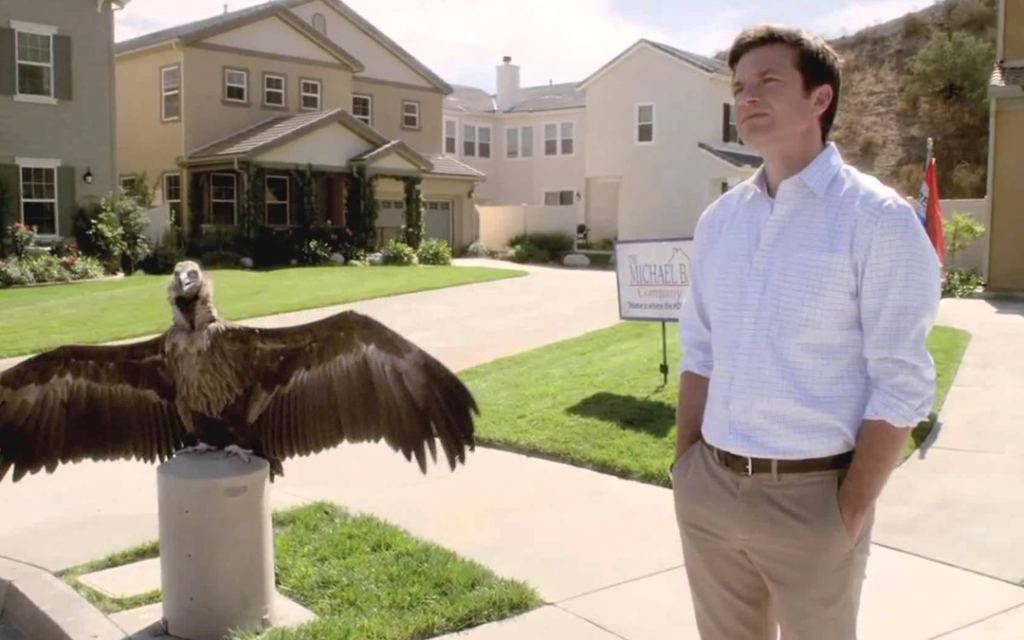Sports Action: How to Write That Game Winning Play
November 21, 2016
Rocky’s grueling duel with Ivan Drago, the Permian Panthers' heartbreaking final drive in Friday Night Lights, Billy Chapel’s career-capping trip to the mound in For Love of the Game, Dottie Hinson's emotional last catch in A League of Their Own that sees her choosing her sister over her own reputation. Writing sports narratives that strike an emotional chord can be difficult. The temptation to write out every step of a game or, on the other hand, to generalize large parts of the game can be hard to navigate. How does a mostly-visual and action-packed story get told on the page? We dive into the sports world to help you write clear and compelling sports action.
First up, put the reader in the atmosphere at the top of the scene
“The style of football is very violent. Aggressive. War Like.”
Typically, a description should be concise and to the point, like this example from the Friday Night Lights pilot script. A reader or viewer will remember the visual of a roaring stadium or moment of silence as players take a knee. This will underscore your later action. Use of unique, descriptive language to visualize your setting can put the reader in the moment and get them ready for the action to come. Once the atmosphere has been conveyed it relieves the rest of the scene from description and allows you to focus on writing important events and emotions.
Decide on your timeline (which characters are privy to what information and when)
Depending on the method of storytelling, a writer makes one of three choices: a) The audience simply follows and observes the hero, b) the audience gets information ahead of the hero, or c) the audience and the hero find things out at the same time.
Each of these approaches has its own merit, and switching between them can change the tone of the screenplay, creating uncetainy, increasing the stakes of your narrative. In the case of the Friday Night Lights pilot, the reader/viewer knows that Jason Street has broken his neck immediately. The characters on the show don’t find out until much later.
In For Love of the Game, the audience lives each pitch with Billy Chapel, both uncertain about the outcome. Flashbacks in between pitches and innings tell a retroactive story of how he got to this final outing. It’s a brilliant combination of simultaneous in-game reveals and hindsight that builds the audience’s understanding of the hero’s perspective.
And lastly, write about changes in the situation
“The game is in progress” is not a significant event, but “Abilene kicks a field goal” changes the situation. Now there is a score to report. A good benchmark for sports beats can be found on ESPN.com, where the Play-by-Play feature reports a summary of any particular game. Although you want to be careful not to overuse this step-by-step approach.
These examples can help you write more concise action to move your story forward. Sequences that take minutes to watch on screen may take up very little room on the page. The gut-wrenching scene from the Friday Night Lights pilot in which Jason Street makes a bad tackle, breaks his neck and is carted off the field on a stretcher takes about three minutes of screen time. In the script it is just over half a page.
Sports stories make for some of the most compelling scenes on screen. As a writer, you can use simple effective setups, concise action and thoughtful divulging of information to capture the power of sports narratives on paper.
Written by: Joe Taylor
Joe Taylor is a writer, director and standup comedian in Los Angeles. His short film Last Call will be premiering at the Portland Film Festival on September 2, 2016 and he can be seen regularly performing standup around California. He is an alum of the iO West Comedy Writers' Room program and Writing Machine sitcom track. Joe was also a Top 3 Finalist in the 2015 Big Break℠ contest for a spec episode of BoJack Horseman.



